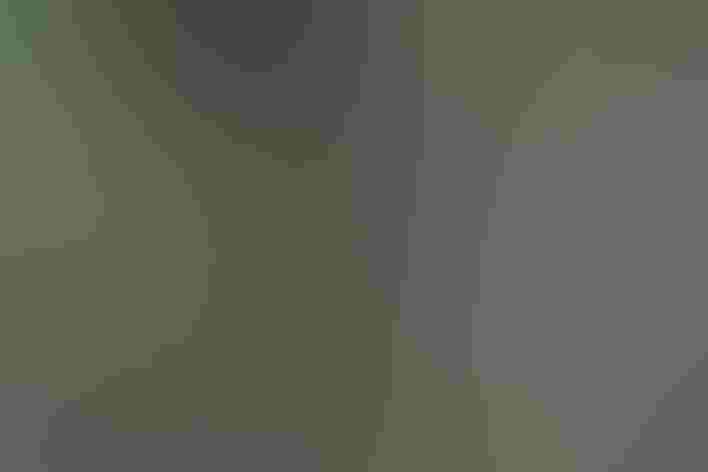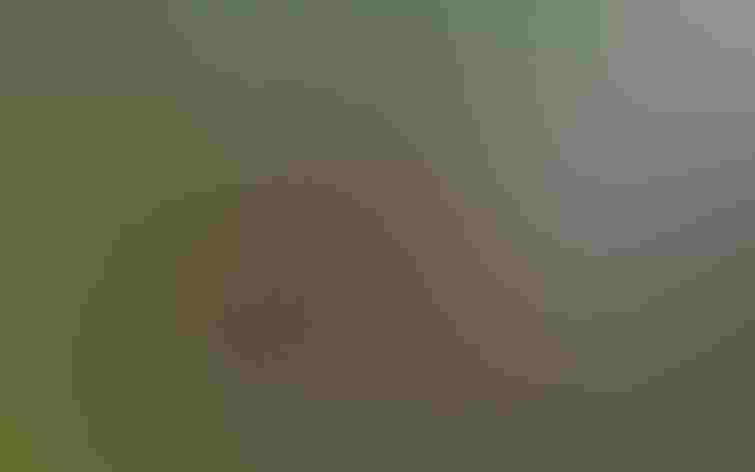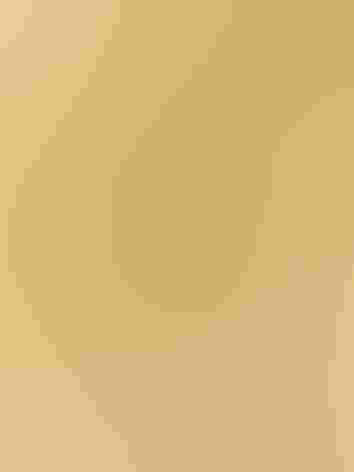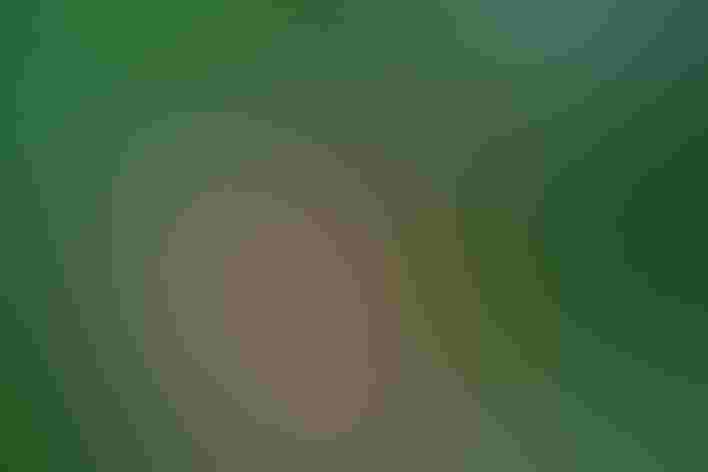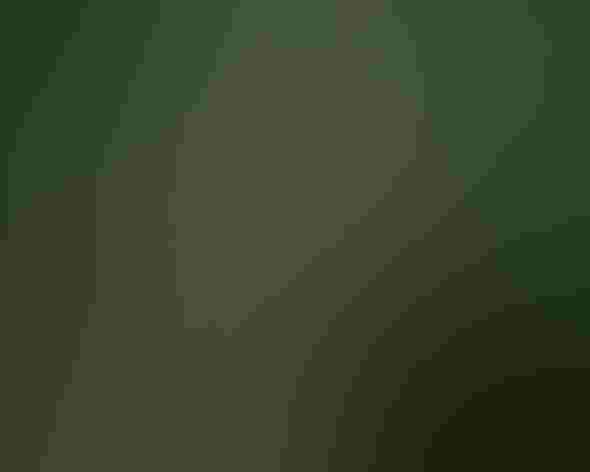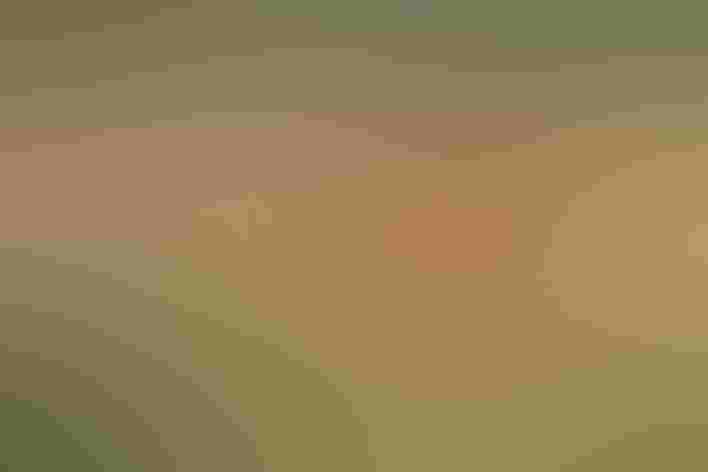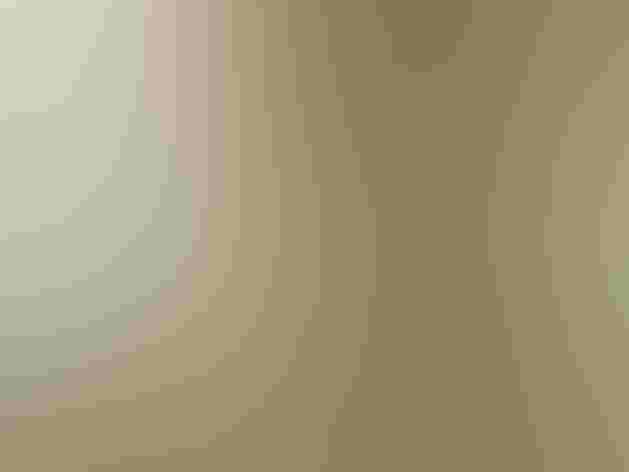Painted Bunting
At a Glance
Sometimes called the 'Nonpareil,' meaning 'unrivalled,' a fair way to describe the unbelievable colors of the male Painted Bunting. This species is locally common in the Southeast, around brushy areas and woodland edges. It is often secretive, staying low in dense cover. However, males sing their bright warbling songs from higher in the trees, partly hidden among foliage or sometimes out in the sun on an exposed perch. Some lucky Floridians have Painted Buntings coming to their bird feeders in winter.
All bird guide text and rangemaps adapted from Lives of North American Birds by Kenn Kaufman© 1996, used by permission of Houghton Mifflin Harcourt Publishing Company. All rights reserved.
Category
Cardinals, Perching Birds
IUCN Status
Least Concern
Habitat
Fields, Meadows, and Grasslands, Forests and Woodlands, Freshwater Wetlands, Shrublands, Savannas, and Thickets, Urban and Suburban Habitats
Region
California, Florida, Mid Atlantic, Plains, Southeast, Southwest, Texas
Behavior
Direct Flight, Rapid Wingbeats
Population
15.000.000
Range & Identification
Migration & Range Maps
Those nesting on southern Atlantic Coast probably winter in Florida and northwestern Caribbean; those nesting farther west probably winter in Mexico and Central America.
Description
5 1/2" (14 cm). Adult male unmistakable with blue head, red throat and chest, bright green back. Female plain green, with no markings. Other small greenish birds have thinner bills, or show marks such as wing-bars. Juveniles are much grayer than adult females at first.
Size
About the size of a Sparrow
Color
Black, Blue, Brown, Green, Purple, Red, Yellow
Wing Shape
Rounded
Tail Shape
Notched, Rounded, Square-tipped
Songs and Calls
Loud, clear, and variable song consisting of a series of high-pitched musical notes. Call is a sharp, metallic tsick.
Call Pattern
Complex, Undulating
Call Type
Chirp/Chip, Whistle
Habitat
Woodland edges, roadsides, brush, towns, gardens. Favors semi-open areas with dense low growth at all seasons. Breeds around thickets, hedgerows, woodland clearings and edges, and undergrowth of open woods. Winters in similar habitats in Florida, plus areas of scrub and second growth in the tropics.
Sign up for Audubon's newsletter to learn more about birds like the Painted Bunting
Behavior
Eggs
3-4, sometimes 5. Whitish to bluish white or pale gray, with reddish brown spots often concentrated at larger end. Incubation is by female only, 11-12 days.
Young
Nestlings are fed by the female. Young leave the nest about 12-14 days after hatching, and male may take over feeding them if female begins second nesting attempt. 2 broods per year, sometimes 3, perhaps rarely 4.
Feeding Behavior
Forages mostly on the ground. Also does some foraging up in shrubs and low trees. During migration, may forage in mixed flocks with Indigo Buntings.
Diet
Mostly seeds and insects. Reported to feed mainly on seeds, primarily those of grasses and weeds; sometimes eats berries and fruits. Also eats many insects, including beetles, caterpillars, grasshoppers, flies, and others. Probably eats more insects in early summer, and feeds them to its young.
Nesting
To defend territory, male sings from a raised perch, often partly hidden among foliage near treetop. Males will also engage in serious physical fights, probably in disputes over territorial boundaries. One male may have more than one mate. Nest: Placed in dense bushes, vines, or low in trees, usually 3-9' above the ground, sometimes higher. Nest (built by female) is open cup woven of grass, weeds, leaves, lined with fine grass, rootlets, and animal hair.
Climate Vulnerability
Conservation Status
Surveys show declining numbers in recent decades. Nests are frequently parasitized by cowbirds. Often captured and kept as a cagebird on wintering grounds in tropics.
Climate Threats Facing the Painted Bunting
Choose a temperature scenario below to see which threats will affect this species as warming increases. The same climate change-driven threats that put birds at risk will affect other wildlife and people, too.


